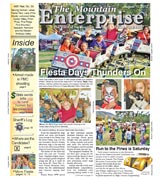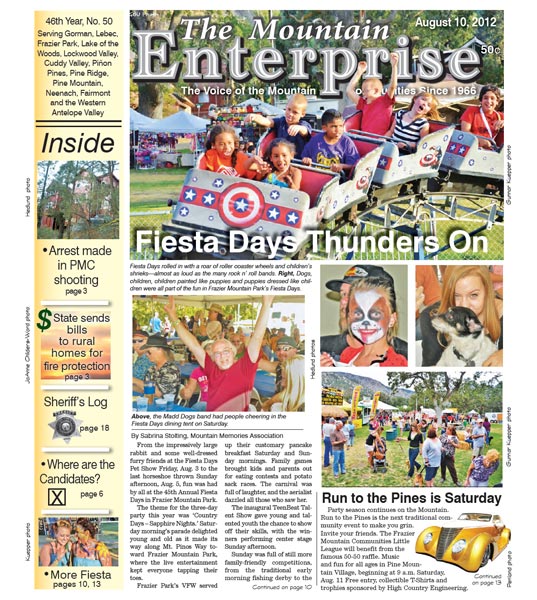By Patric Hedlund
Virtually all homeowners in the Mountain Communities are among the 825,488 Californians who will receive a bill for $150 in the mail for firefighting from the state this year. Mailing of the bills began August 8.
The problem, say critics, is that the state’s move may undermine local firefighting agencies that actually provide most protection against local fires.
The California State Farm Bureau Federation is sounding an alarm, charging that bad analysis and faulty numbers are behind the California Legislature’s 2011 direction to the Board of Forestry and Fire Protection to implement a Fire Prevention Fee on structures within State Responsibility Areas (SRAs).
A check of aerial maps of the Mountain Communities reveals that all populated areas of our region are considered within SRAs—Lebec, Neenach, Gorman, Lockwood Valley and all the area from Frazier Park to the Pine Mountain community.
The problem, say rural analysts, is that it is not the state that is doing most the firefighting in these regions; it is personnel from local jurisdictions such as Kern County, Los Angeles County, Ventura County and the U.S. Forest Service who work together. CalFire assists occasionally, but typically has a relatively minor role in the interjurisdictional management of fire events, they say.
“This bill was adopted in the final days of the budget session, without benefit of legislative hearings or public comment,” said James E. Little, chief of a rural fire protection district in Mendocino County.
Writing for the Farm Bureau, Little charges that the state’s money grab will undermine the public’s ability and desire to fund local firefighting agencies—which are the most critical to public safety.
“The long-standing strategy for protecting California wildlands from fire may be jeopardized by new fees on landowners within State Responsibility Areas,” the Farm Bureau Federation charges. “There is a very distorted view in Sacramento regarding the relationship between CalFire and local emergency service providers. What understanding the Legislature does have appears to be derived from reports prepared by CalFire and the Legislative Analyst’s Office.”
Little says the figures overstate the role of CalFire in providing direct aid.
This is part of the August 10, 2012 online edition of The Mountain Enterprise.
Have an opinion on this matter? We'd like to hear from you.


